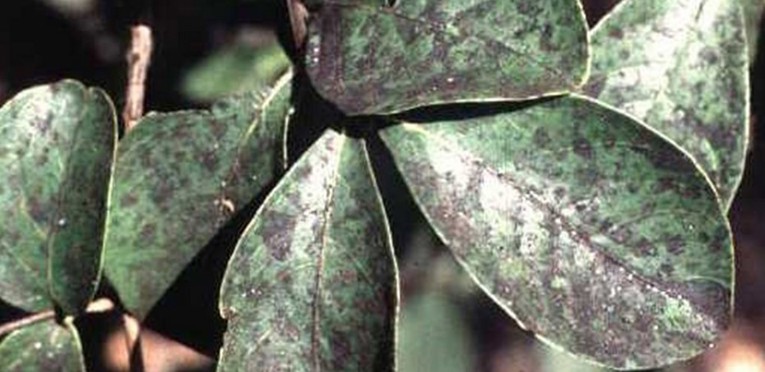Why Are My Crepe Myrtle Stems and Leaves Turning Black?


Published January 28, 2010, By CHRIS BREWER
Aphids and azalea bark scale feed on the sugars produced by Crepe Myrtles. The insects’ digestive systems do not process all of the material they eat. The undigested sugars pass through the insects and are deposited on the leaf or stem where the insects are feeding. This excretion is called honeydew. Honeydew has a high sugar content and is sticky to the touch.
Honeydew is a perfect medium for the growth of black sooty mold. This black mold is what you are seeing on the twigs and limbs of Crepe Myrtles. To eliminate the black sooty mold, it is necessary to stop the production of honeydew. To eliminate the honeydew it is necessary to manage the insects producing it.
Azalea bark scale can be managed with appropriately timed applications of horticultural oil. We are also experiencing great results managing aphids, azalea bark scale, and thus sooty mold, with the systemic insecticide, Merit®. A single soil injection application between late winter and early spring provides a year’s management. The Crepe Myrtles also benefit from the soil injection process, which includes fertilization and soil aerification. Your consulting arborist can design a management program that best meets your needs.

